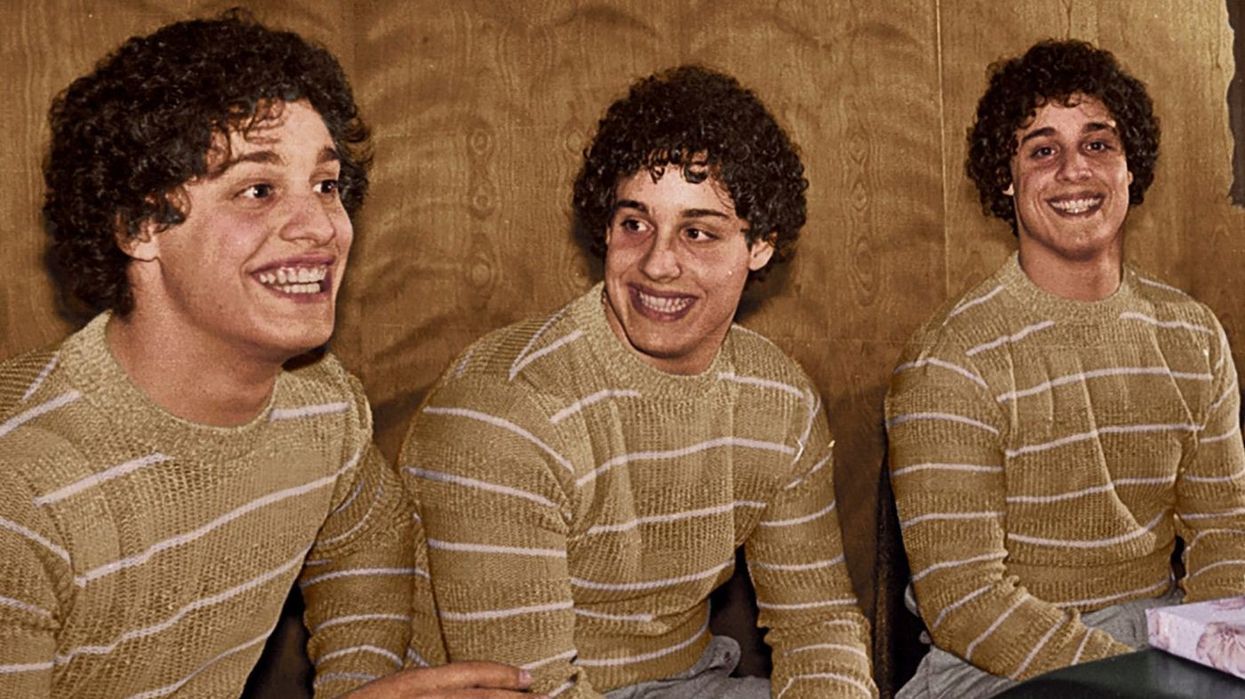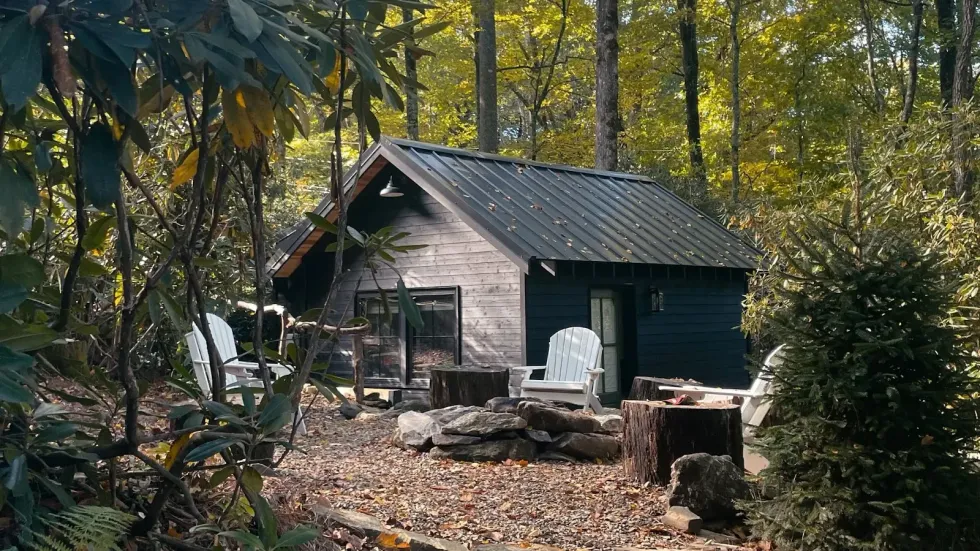How to Find the Right Story For Your Documentary
Even if life truly is stranger than fiction, a great doc subject is never guaranteed.

Sandi Tan and Tim Wardle know a thing or two about choosing compelling subjects for their documentaries. While every director-subject relationship is unique, at Sheffield Doc/Fest's Craft Summit 2018: Why We Film—Directors and Their Story Choices, we found out about the process both directors underwent to come up with their own story idea, how they crafted their subject matter and characters, built relationships (or in Tan’s case, reconcile her relationship to herself as a character), and the hurdles overcome to push forward and complete their projects.
The panel was moderated by critic and journalist Simran Hans. Read on to learn more from the discussion.
In Wardle’s case, his position as a producer and director at Raw, a UK production company, allowed him to wait for the right project to come along. "You don't have to be a jobbing director, going from project to project to pay the bills," Wardle told the audience in attendance, "as it was being developed, I got more and more attached to it.” When he saw the story, Wardle thought, “This is the single best narrative I have heard and I have to make this film!”
Though several A-list directors were on the table as possibilities for the project, his early involvement and knowledge of the subject put him in a good position to nab the story. “You get to the point where you’re so integral to the project that they can’t get rid of you…. It’s kind of sneaky, I guess,” he said.
"I felt I had to tell this story because people didn't think I was telling the truth for so long."
Tan’s road to making Shirkers was totally personal and it was a film she knew she had to make.“My jaw dropped when I saw the footage [from the film she made as a teen, also called Shirkers]. I felt I had to tell this story because people didn't think I was telling the truth for so long," Tan admitted.
But the road to accepting what she had to do to make the film was not a straight path. Tan found it “horrifying” to put herself in the movie and also to revisit the found footage from her past that had held so many traumatic memories. It was only by separating herself from that footage and seeing herself as a filmmaker (and not the teen girl version of herself in her old film) that she was able to push the film forward.
Luckily, Tan was working with a DP who was thinking of the bigger picture. Her DP would secretly film Sandi at times when she wasn’t paying attention, resulting in a cache of footage of the director which, if up to Tan, would never have been shot; Tan ended up needing all of it. The moral of her story is to hire a great crew who will think of things you may not have thought of, but that could end up being vital to the story.
In general, there are specific elements that the filmmakers look for when considering a story to commit to, without which they say a film would be lacking. Tan is drawn to stories that have a good beginning, middle, and end, “but not necessarily in that order,” she said. And they must have a powerful emotional truth to them.
“Emotions can be a great emotional driver that can take people along with you in new and unexpected ways, rather than just the traditional beginning, middle, and end type of story."
Tan considers herself a “method filmmaker” because of the process she undergoes to put herself in the right headspace to create a project. For Shirkers, she rewatched all of the archival footage, and re-read all the letters she had sent and received related to that project. “Emotions can be a great emotional driver that can take people along with you in new and unexpected ways, rather than just the traditional beginning, middle, and end type of story," Tan revealed. In an unconventional move that made her close editor friends cringe, Tan “started with mood and feeling first, and then found the story.”
Wardle mirrored Tan’s sentiment. “You’re looking for emotional honesty,” he said. “Film needs heart and narrative.” Although his film Three Identical Strangers had an undeniable story hook, Wardle made sure it also spoke to “something bigger and more universal.” Otherwise, he said, it would stay at the level of “a niche little thing that should be on TV.”
Wardle said that every time the phone rang during production, he was sure it was one of his subjects with the news that they were going to back out.
The challenges each filmmaker faced in their respective projects were unique to the types of stories they were telling. As an outsider, Wardle’s biggest hurdle was earning the trust of his subjects. He emphasized the importance of first showing up without a camera and having some normal conversations with them so that they'd be treated humanely and would know that you weren't out to con them in some way. Given the sensitive nature of his subject matter, Wardle said that every time the phone rang during production, he was sure it was one of his subjects with the news that they were going to back out.
But perhaps counterintuitively, Wardle felt that “being an outsider helped.” It was because he was from another country (he’s from the UK and the twins are American) that he had the freedom to be ignorant and “ask really dumb things.”
Tan’s greatest challenges were personal and sometimes internal, as she had to wrestle with the unresolved pain from her past. Making a personal film means having to face one’s story head on, and crafting oneself as a character, which can be inherently difficult. “I lived the story for 25 years! It was solving this mystery of my life and why I was a loser for so long,” she said.
Tan felt like “a crazy person for months of editing. It was really intense reliving that every single day.” Her compass was to look for footage and storylines with “a high level of emotional truth.” After doing that, she said that “the fluff ... just fall[s] away.”
For more information on the Sheffield Doc/Fest, click here.













